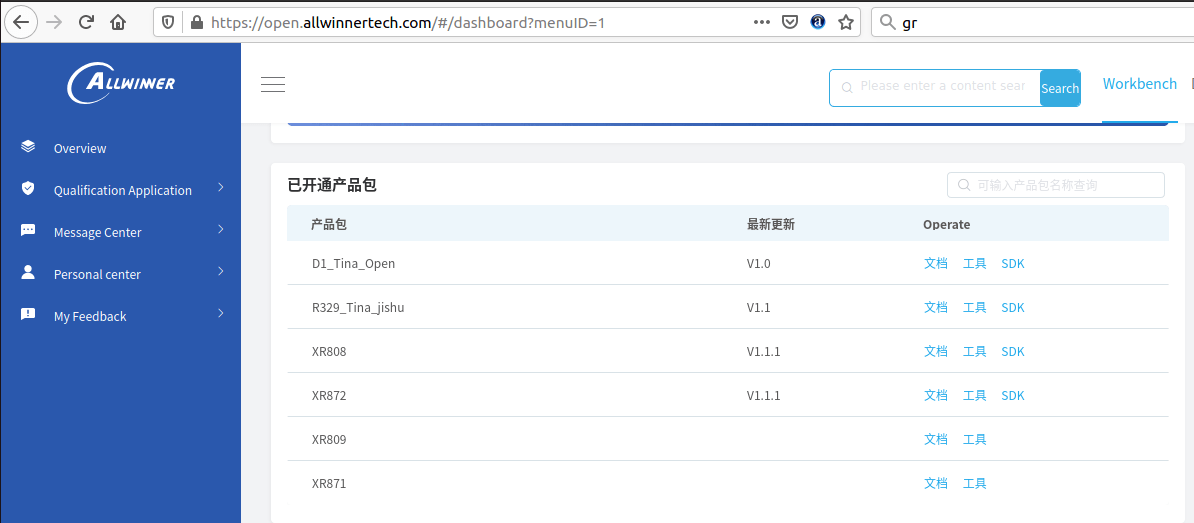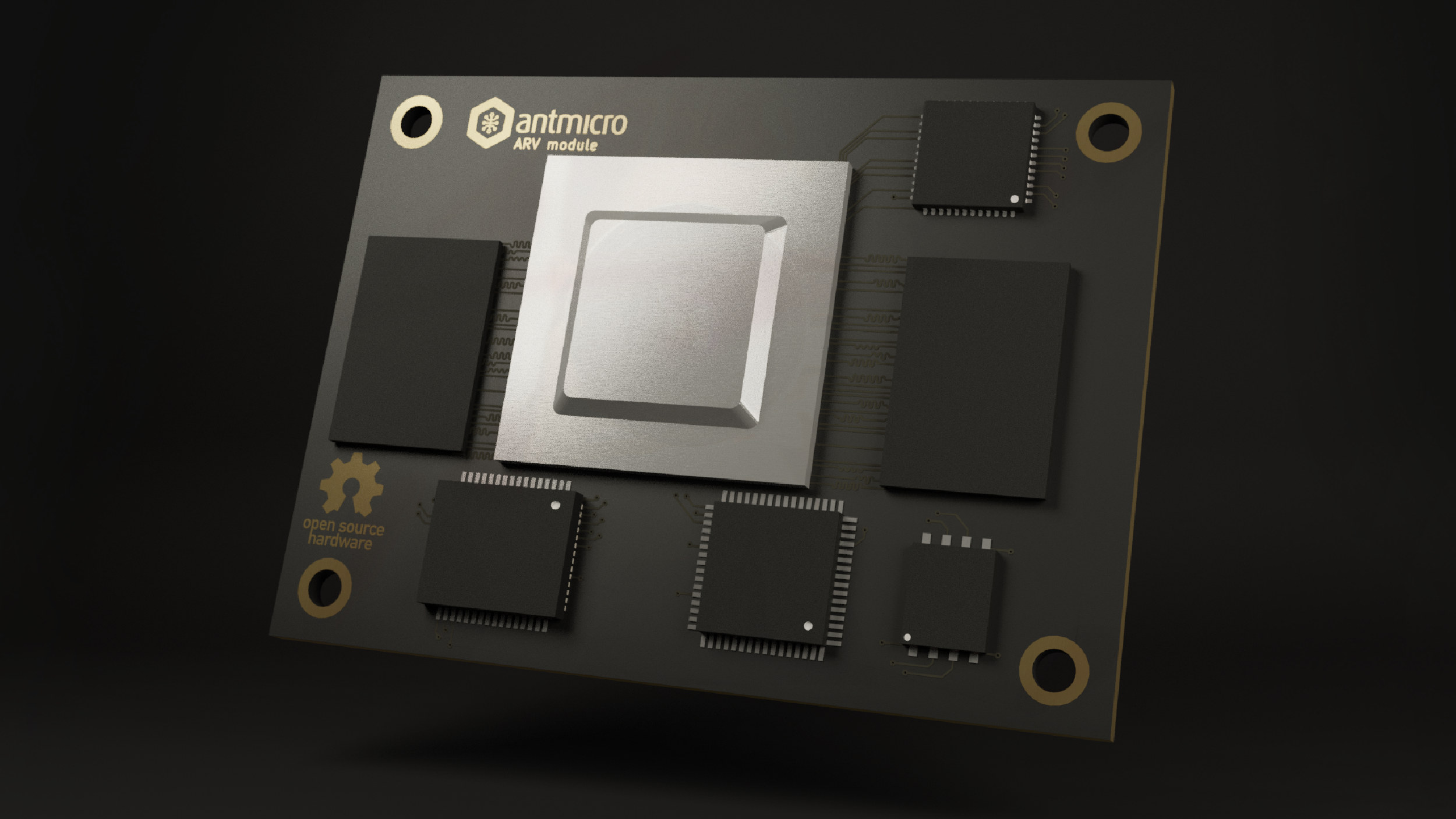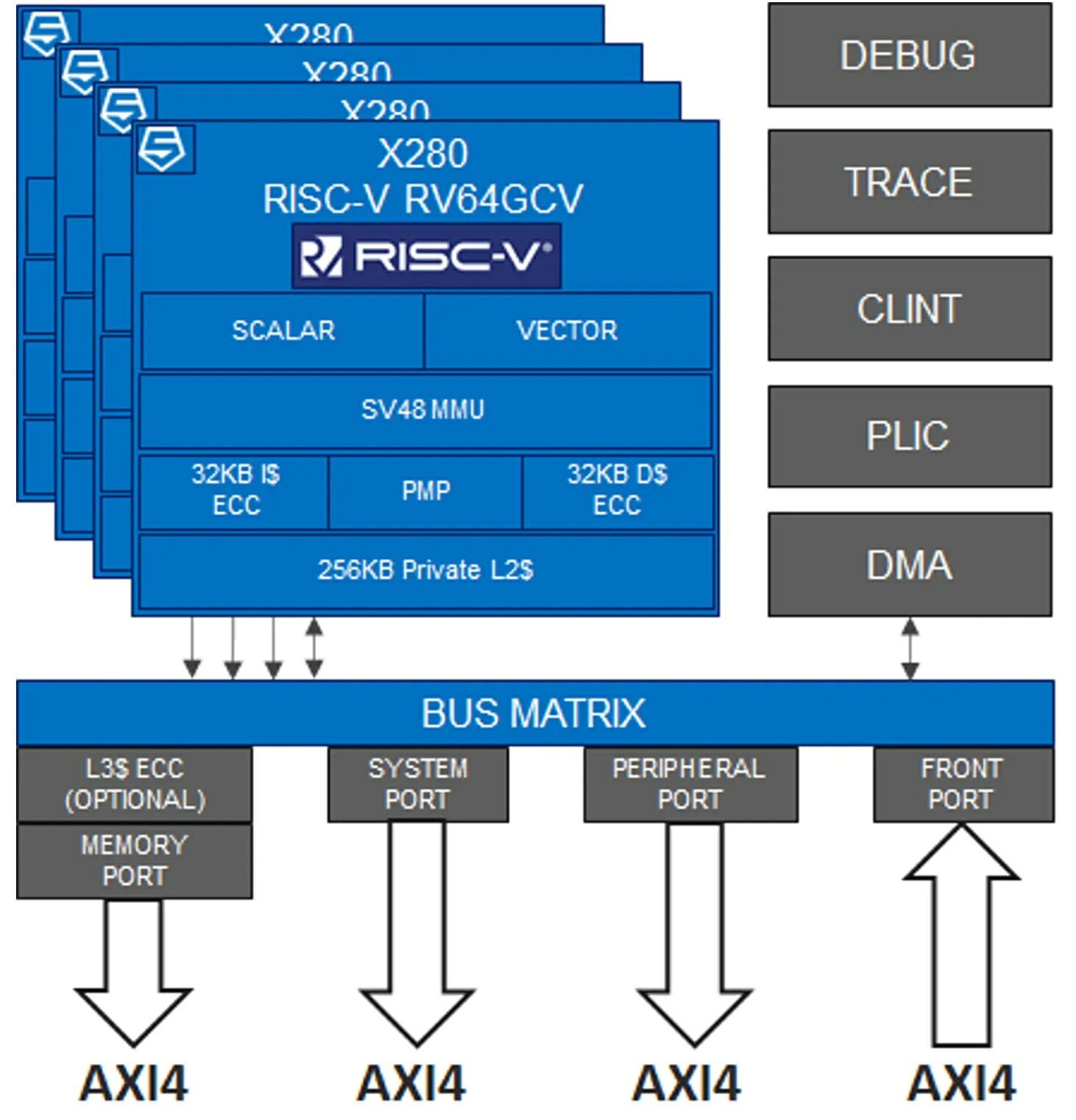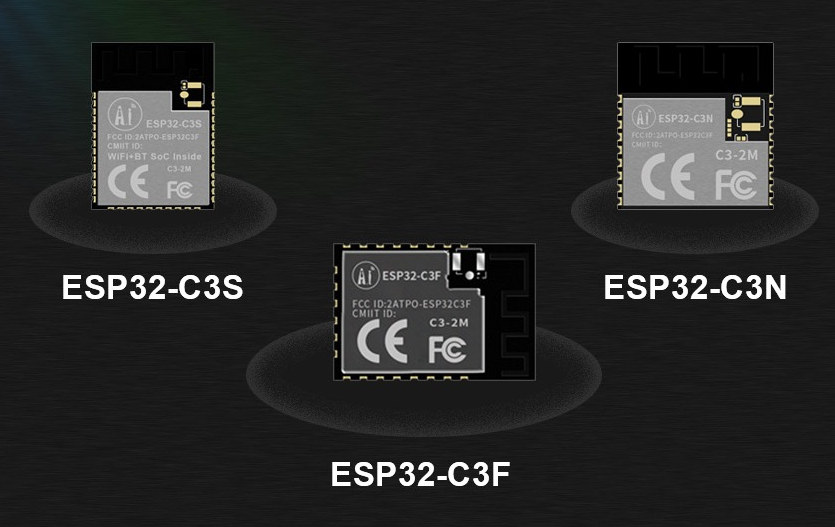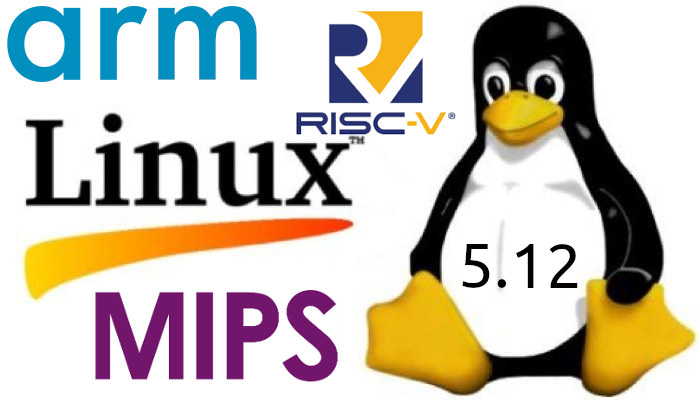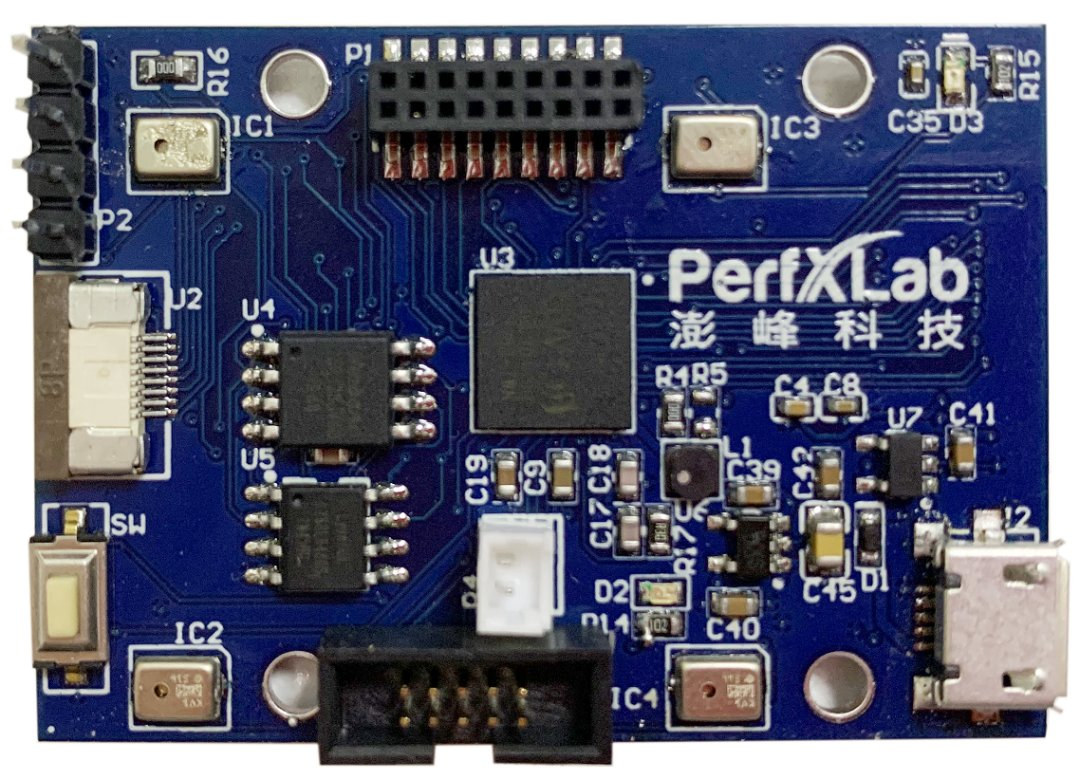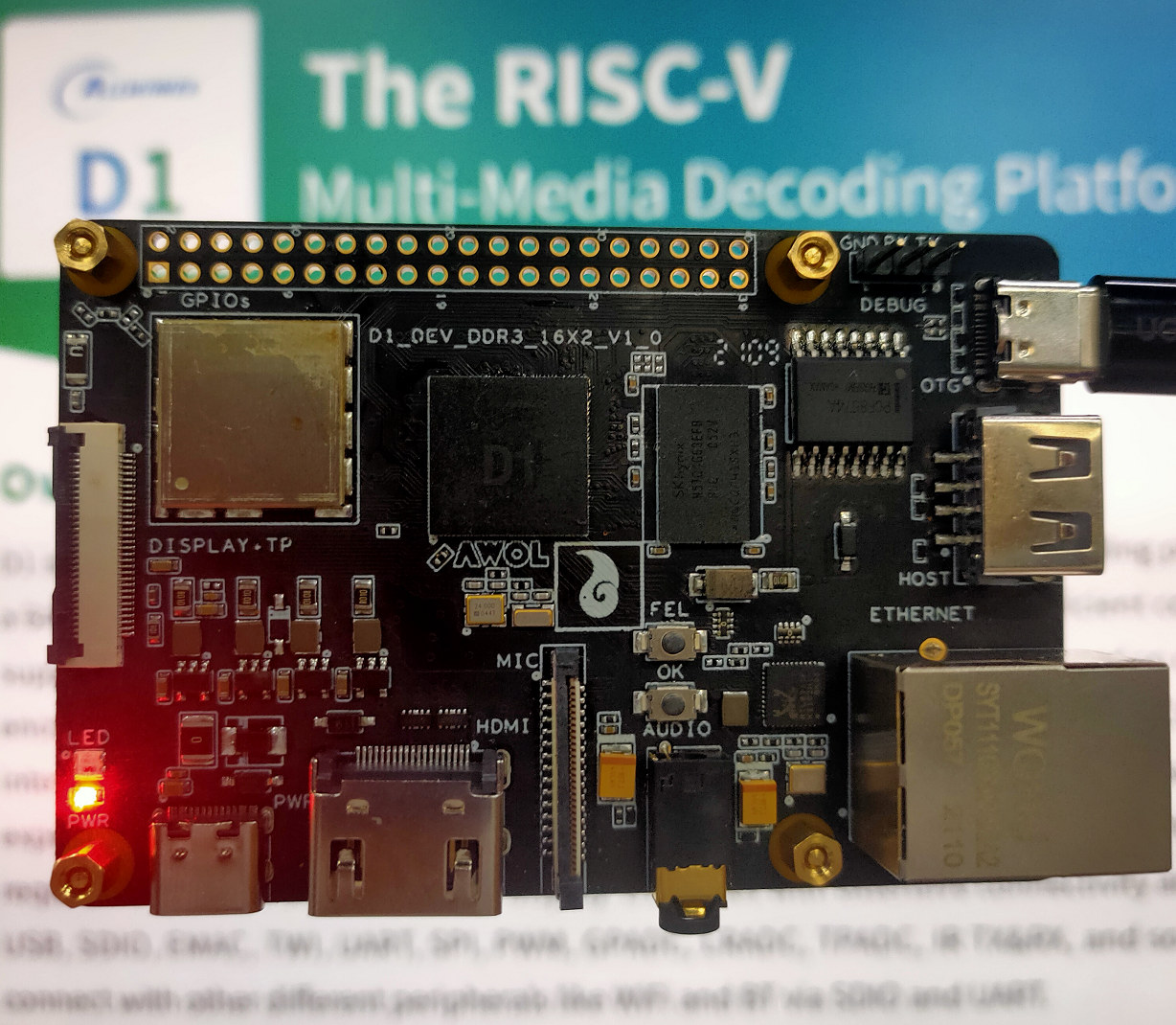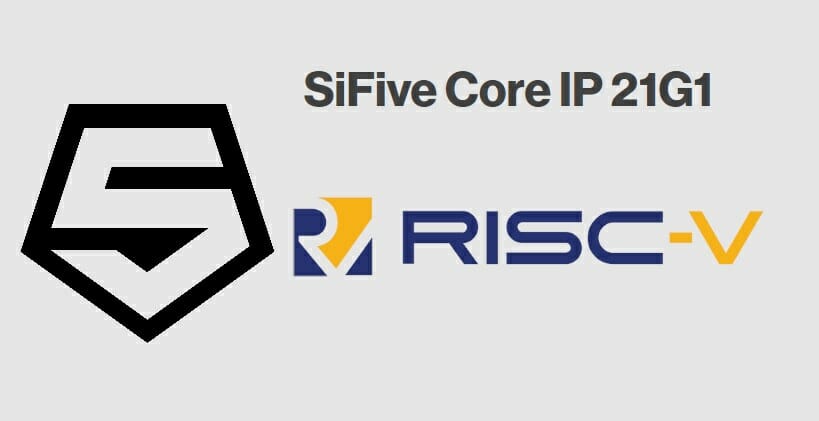We published information about Allwinner D1 SBC and processor a few weeks ago. The news was pretty interesting as it’s the first RISC-V processor from the company, and one of the first affordable RISC-V SBC. But all we had at the time was hardware information from a leak, or rather from China-only Allwinner developer website. But now the company has added more information to its open-source development website with the release of documentation, now only in Chinese, as well as the Allwinner D1 Tina SDK. Eventually, there should be a better SDK via linux-sunxi community and some are already working on the Allwinner D1 SBC, but let’s try to get the SDK from Allwinner and build the code from source using the documentation. First, you’d need to register on Allwinner open-source website and click on signup. You’ll probably want to select Email registration. Now fill your username, select a country, […]
Antmicro ARVSOM offers StarFive JH71x0 RISC-V processor, Raspberry Pi CM4 compatibility
The Linux capable BeagleV SBC, now called “BeagleV Starlight”, was announced last January with a StarFive JH7100/JH7110 64-bit RISC-V processor, and developers and beta users have just started to get their hand on the board in recent days. But there’s another StarFive JH71x0 hardware in the works with Antmicro ARVSOM. The system-in-module will feature the dual-core RISC-V processor, and be compatible with Raspberry Pi CM4, and by extension Antmicro’s Scalenode server-oriented baseboard. The company did not provide the complete specifications for the module, but based on public information available, Antmicro ARVSOM should feature the following: SoC – StarFive JH7100 Vision SoC: RISC-V U74 dual-core with 2MB L2 cache @ 1.5 GHz Vision DSP Tensilica-VP6 for computing vision NVDLA Engine 1 core (configuration 2048 MACs @ 800MHz – 3.5 TOPS) Neural Network Engine (1024MACs @ 500MHz – 1 TOPS) VPU – H.264/H.265 decoder up to 4Kp60, dual-stream decoding up to 2Kp30 […]
SiFive Intelligence X280 64-bit RISC-V processor integrates AI extensions
The last RISC-V core announced by SiFive was the U8-Series out-of-order RISC-V Core IP that aims to compete against Arm Cortex-A72 Core. But in their latest announcement, the company built upon the 64-bit RISC-V U7-series with the SiFive Intelligence X280 multi-core, Linux capable RISC-V processor adding vector extensions and SiFive Intelligence Extensions, and optimized for AI/ML compute at the edge. SiFive Intelligence X280 key features: 64-bit RISC-V ISA with 8-stage dual-issue in-order pipeline, coherent multi-core, Linux capable based on U7 series core. SiFive Intelligence Extensions for ML workloads – BF16/FP16/FP32/FP64, int8 to 64 fixed-point data types 512-bit vector register length – Variable-length operations, up to 512-bits of data per cycle High-performance vector memory subsystem Memory parallelism provides cache miss tolerance Virtual memory support with precise exceptions Up to 48-bit addressing SiFive Intelligence includes software solutions to leverage the X280’s features and provide “great AI inference performance” using TensorFlow Lite. No […]
AI-Thinker introduces 5 ESP32-C3 modules pin compatible with ESP8266 & ESP32 modules
ESP32-C3 is the first RISC-V wireless SoC from Espressif Systems, and at the time of the initial announcement promised to cost about the same as ESP8266 but adds support for Bluetooth 5.0 LE besides 2.4 GHz WiFi, and retain software compatibility through the ESP-IDF framework. We were also told the goal was to provide ESP8266 compatible modules, and AI-Thinker has just announced five new ESP32-C3 modules compatible with earlier ESP8266 & ESP32 modules as shown in the table below. The table above is quite low resolution but that’s the best I could obtain from the company… It’s also a complete mess, not showing all alternative ESP8266 or mistaken in board sizes. So I’ll try to give a short summary of differentiating features and equivalent ESP8266/ESP32 modules: ESP32-C3F is meant to replace ESP-12F with a 24 x 16 mm form factor. It does add an IPEX connector, besides the PCB antenna. […]
Linux 5.12 – Main Changes, Arm, MIPS and RISC-V Architectures
Linux 5.12 release was expected last Sunday, but Linus Torvalds decided to release one more release candidate, namely Linux 5.12-RC8, to “make sure things are all settled down“, so the latest Linux kernel is now expected this weekend. Tihs should not yield any significant changes, so we can check what’s new in Linux 5.12, notably with regards to Arm, MIPS, and RISC-V architectures often used in SoC’s found in embedded systems. Around two months ago, the release of Linux 5.11 added support for Intel’s software guard extensions (SGX) and Platform Monitoring Technology (PMT), AMD “Van Gogh” and “Dimgrey cavefish” graphics processors, MIPI I3C host controller interfaces, and much more. Some interesting changes in Linux 5.12 include: Added support for ACRN hypervisor designed for IoT & embedded devices Added support for Playstation DualSense & Nintendo 64 game controllers, as well as Nintendo 64 data cartridges Dynamic thermal power management via a […]
Perf-V Beetle board features GAP8 multi-core RISC-V AI MCU
GreenWaves Technologies introduced the GAP8 low-power RISC-V IoT processor optimized for artificial intelligence applications in 2018. The multi-core (8+1) RISC-V processor is especially suitable for image and audio algorithms including convolutional neural network (CNN) inference. The same year, the company launched the GAPUINO development kit that sold and (still sells) for $229 with QVGA camera and a multisensor board with four microphones, an STMicro VL53 Time of flight sensor, an IR sensor, a pressure sensor, a light sensor, a temperature & humidity sensor, and a 6-axis accelerometer/gyroscope. But there’s now a much more affordable solution to evaluate GAP8 multi-core RISC-V MCU with PerfXLab Perf-V Beetle board. Perf-V Beetle board specifications: MCU – GAP8 IoT Application Processor with 8x RISC-V compute cores, 1x RISC-V fabric controller core delivering up to 200 MOPS at 1mW and >8 GOPS at a few tens of mW System Memory – 64 Mbit SPI SRAM (LY68L6400SLIT) […]
A first look at Allwinner D1 Linux RISC-V SBC and Processor
Last year, we reported that Allwinner was working on an Alibaba XuanTie C906 based RISC-V processor that would be found in low-cost Linux capable single board computers selling for as low as $12. The good news is that we won’t have to wait much longer as Allwinner D1 RISC-V processor is slated for an announcement next week, and a business card-sized SBC, also made by Allwinner, will become available in May. Some of the information is already available to developers in China, and CNX Software managed to obtain information about the Linux RISC-V SBC and Allwinner D1 processor. Allwinner D1 development board Let’s check out the board first which comes with the following specifications: SoC – Allwinner D1 single-core XuanTie C906 64-bit RISC-V processor @ 1.0 GHz with HiFi4 DSP, G2D 2D graphics accelerators Memory – 1GB DDR3 memory Storage – 256MB SPI NAND flash, MicroSD card slot Video Output […]
SiFive Core IP 21G1 release improves bit manipulation, floating-point unit, reduces code footprint
As SiFive has a portfolio of RISC-V cores ranging from low-power E2-series to high-performance U8-series cores with performance similar to Cortex-A7x cores, the company has not released new cores for a while, and instead focuses on improving their current RISC-V cores. We saw that last year with the SiFive 20G1 release that improved performance & efficiency, and lowered the silicon area for the same features set. SiFive further improved its cores and ecosystem with the latest SiFive 21G1 release. The main new features brought by SiFive 21G1 release include: SiFive 2-Series and 7-Series processors are now available with the “Bit Manipulation” extension, RV32B, with Zba and Zbb extensions. This can accelerate Cryptographic Hash algorithms by up to 35% Support for FP16 half-precision floating-point computation in order to reduce memory size and power consumption, and for some AI workloads The memory map is now fully programmable SiFive RV64 processors support up […]


